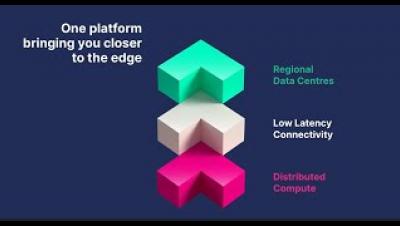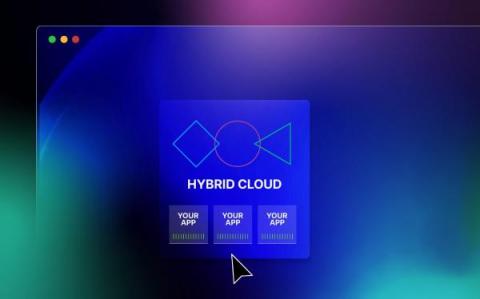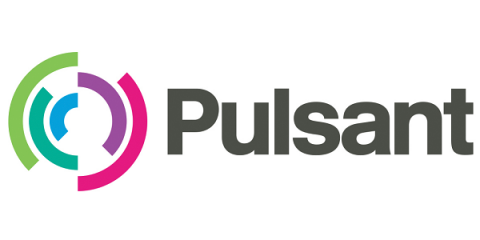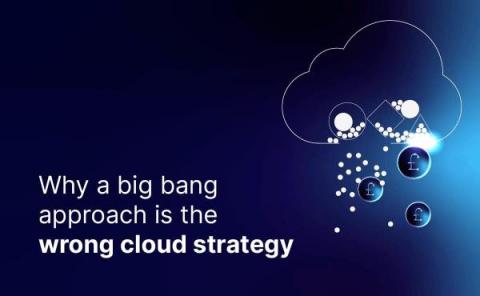Operations | Monitoring | ITSM | DevOps | Cloud
Pulsant
Engineering tomorrow, today: hybrid cloud at the edge
The direction of travel for business technology is one-way. The momentum towards strategies around decentralised, hybrid technologies is unstoppable. Examples abound, from the composable software stacks of e-commerce to the ongoing death of monolithic ERP. Modern, digitally-driven business is based on a dynamic alignment of resources, data and technology at the granular level, which is then coordinated precisely.
Why is hybrid cloud the "next generation of cloud"
It is a rare pleasure to both have ones cake and eat it. But that is precisely what next generation, hybrid cloud, offers organisations looking to reduce the cost whilst increasing control of the technology that underpins modern, digital business. Hybrid cloud refers to mixed computing, storage, and services environments that blend on-premises infrastructure, private cloud services, and a public cloud.
Hybrid cloud needs a strategic mindset and flexibility
Hybrid cloud is an increasingly popular strategy for organisations of every hue. According to a recent survey, 72% of respondents put their cloud strategy as being hybrid first. Hybrid cloud offers businesses the best of both worlds: the security, data control and reliability of the private cloud combined with the flexibility, elasticity, cost-effectiveness, and scalability of the public cloud.
Don't forget, it's the hardware that makes the cloud
Don’t forget, it’s the hardware that makes the cloud The main issues we see with clients and cloud implementations are that it can be very difficult for them to get a clear idea of what it is they are buying and how well it will perform. While the consumption and billing models are clear, it can still be hard to know how much you will pay each month. But what is hard is predicting exactly what the level of performance you will get. Some of this is inevitable.
A more flexible and hassle-free approach to digital transformation
Businesses need a new, more flexible solution to make digital transformation far easier, says Daniel Blackwell, Product Manager – Networks & Security, Pulsant Digital transformation can provide businesses with a more flexible approach to infrastructure that simplifies the delivery of services and applications. However, this journey to digital transformation can introduce its own complexities that require a new way of thinking.
Location, location, colocation
You might think that colocation has been replaced by the cloud. But that’s only true in marketing terms. The reality is that colocation and the role it plays in modern edge computing has never been more important or more required. Believe it or not, cloud computing doesn’t happen in the actual sky – it happens in a data centre. And knowing where that data centre is, and how fast it links to your network and the internet, can be challenging with hyperscalers.
Don't get lost in public cloud promises
When it comes to cloud computing and the migration of services to the public cloud, we’ve been hearing the hype for years. “Just migrate to the cloud and everything will just work. Things will be bigger, faster, cheaper, and better.” The reality is that a migration to the cloud can result in serious disappointment from unrealistic expectations.
Why a big bang approach is the wrong cloud strategy
Despite all the hype from the big cloud providers the truth is that most organisations rely on hybrid infrastructures now and will do so for the foreseeable future. Typically, this includes on-premises infrastructure and at least two public cloud providers. This is not a step on a journey to being 100 per cent cloud, it is the strategic destination many have chosen.
Why it makes sense to invest in a hybrid cloud future
A cloud-first strategy is increasingly seen as the standard way to achieve efficient business operations. As the favoured approach of new start-ups and expanding businesses wanting to benefit from the flexibility and resilience of the cloud, it’s little wonder that foundational cloud services saw a revenue growth of 38.5% in 2021 according to IDC. It looks like a fantastic package from the outside.









